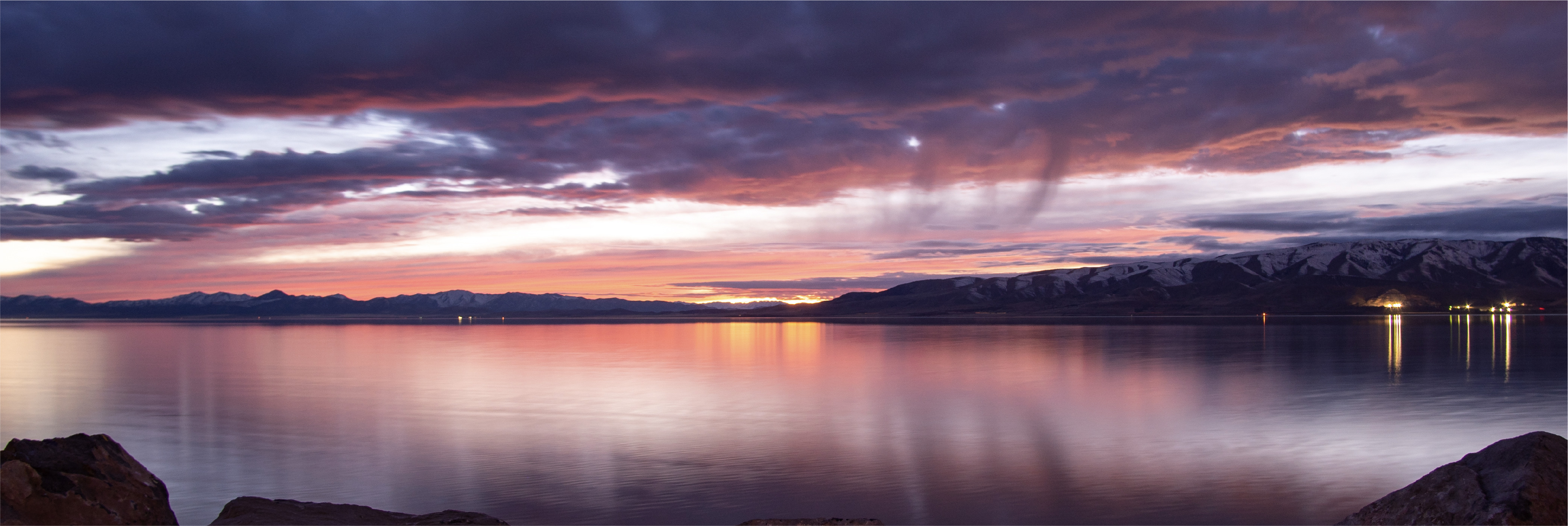
A June Sucker History
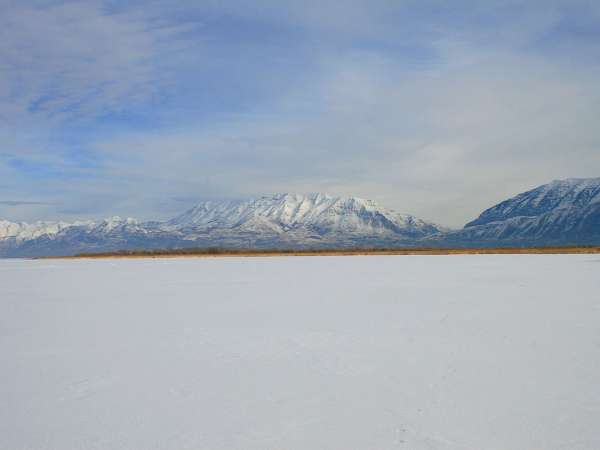
The Scene: Utah Valley Hundreds of Years Ago
Over 1000 years ago, Native Fremont people live near the lake and depend on its native fish for food. In 1776, Father Silvestre Velez de Escalante arrives to the valley, meets the local Ute tribe, and is considered to be the first European to see the lake.

Key Fact: Millions of June sucker inhabit Utah Lake in the 1800s
Utah Lake was home to millions of June sucker along with 12 other fish species. Of those 13 species, only June sucker and Utah sucker still inhabit the lake, now alongside several non-native species.

The Scene: Settlers arrive in the 1850s-80s
Mormon pioneers settle in Utah, and discover that Utah Lake is well-stocked with food to help them survive their new environment, but they start to overharvest the lake and restock with non-native species.
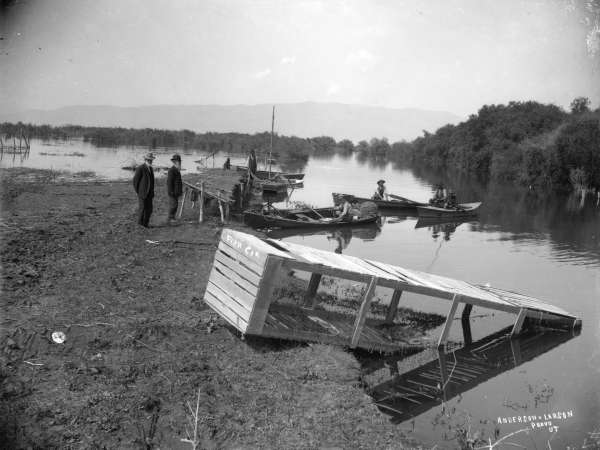
Key Fact: Settlers overharvest during spawning season, 1855-56
June sucker start to be impacted as local settlers practice reckless fishing during spawning season. June sucker and Bonneville cutthroat trout from Utah Lake served as important food sources for early settlers of the Utah Valley.
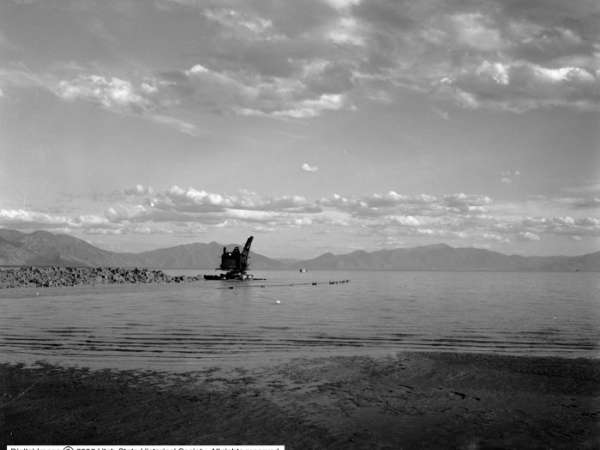
The Scene: Utah Lake in the 1880s-1920s
In 1872, a dam is constructed at Jordan River turning Utah Lake into Utah’s first water storage reservoir. From the 1890s-1920s, Utah Lake becomes popular for entertainment as resorts are built on its shores with boating and other activities developing. Agriculture develops around the lake and various tributaries are moved, altered, or destroyed for irrigation needs, including the Provo River Delta and Hobble Creek.
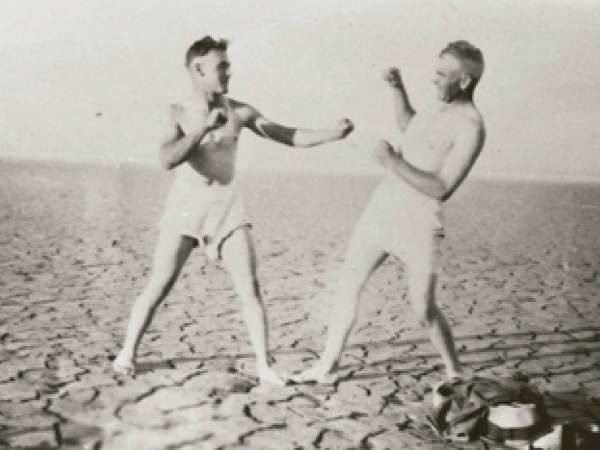
Key Fact: Severe drought comes in the 1930s
In the 1930s, Utah Lake, along with many other areas of the country, is plagued by a severe drought. Residents describe being able to walk on the dry lake bed from American Fork to the area where Saratoga Springs is today. In 1934, the Lehi Sun newspaper reported that the depth of the lake ranged from 7 to 14 inches.
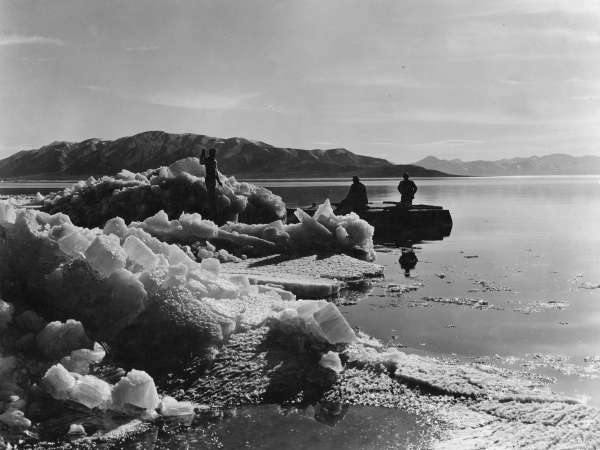
Key Dates: Clean Water Act & Endangered Species Acts
Passed in 1972 by the United States Congress, the Clean Water Act was designed to protect, restore, and maintain water quality. Utah Lake’s water quality had been in question for many years as local communities had used the lake to dump raw sewage and local industry like Geneva Steel also dumped waste product. In 1973, the Congress passes the Endangered Species Act, mandating that communities act to conserve and recover species in danger of extinction. Many people credit the Act as saving countless species while also protecting and maintaining wildlife habitats including forest, beaches, and wetlands, while others see it as government control with negative impacts to economic activity.

The Scene: Industry and non-native fish encroach in 1940s-1950s
In the 1940s-1950s, Geneva Steel and other industries use the lake to dump waste while raw sewage is commonly dumped from all communities surrounding the lake. Walleye and white bass are introduced to Utah Lake to increase sport fishing opportunities.
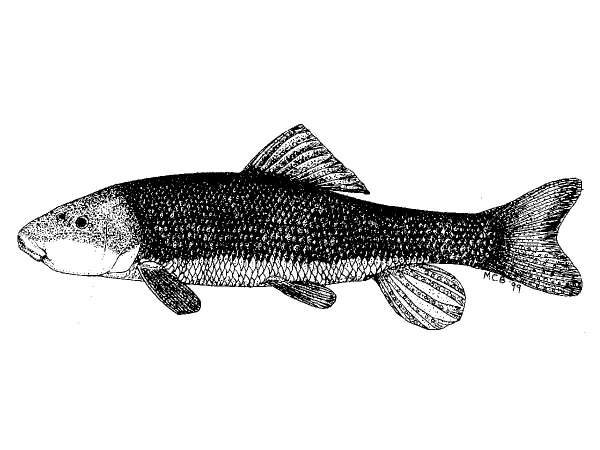
Key Fact: June sucker declared endangered
In April 1986, the June sucker is declared endangered as fewer than 1,000 fish remained in Utah Lake and its tributaries.
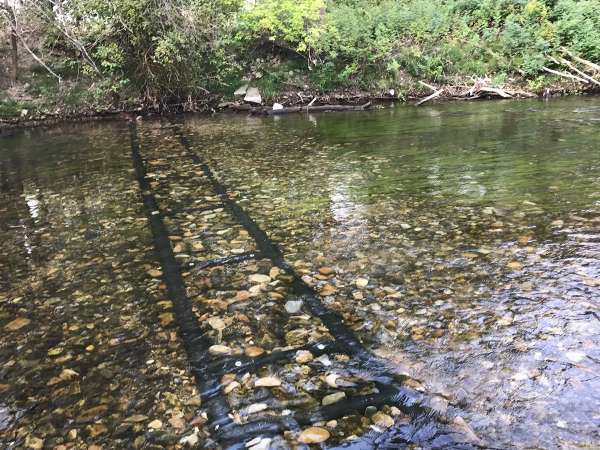
Key Fact: Captive rearing and stocking efforts start in 1984
From 1984 to mid 1990’s, there were initial attempts to rear and propagate captive June sucker. Several refuge populations are established at Red Butte Reservoir, Camp Creek Reservoir, and several small controlled ponds along the Wasatch Front.
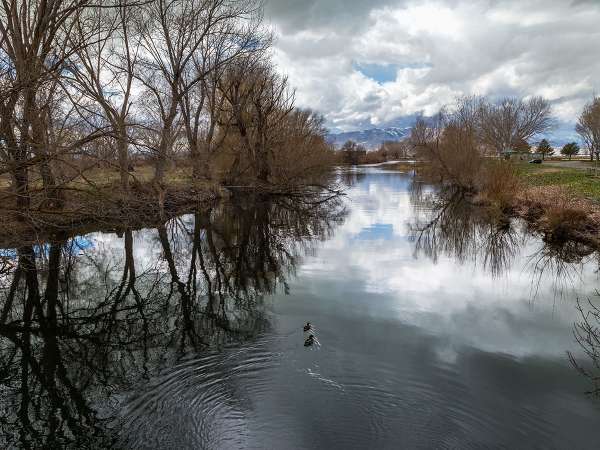
Key Fact: Provo River managers become accountable for June sucker
In 1993, the US Fish and Wildlife Service issues a jeopardy opinion to the Bureau of Reclamation stating that continued operation of the Provo River Project (Deer Creek Reservoir and associated pipelines) would impact survival of the June sucker. This opinion changed everything for water managers on the Provo River as they would have to account for June sucker needs moving forward. The opinion was issued after water diversions left the Provo River dry, resulting in the death of adult June sucker that had entered the river to spawn.
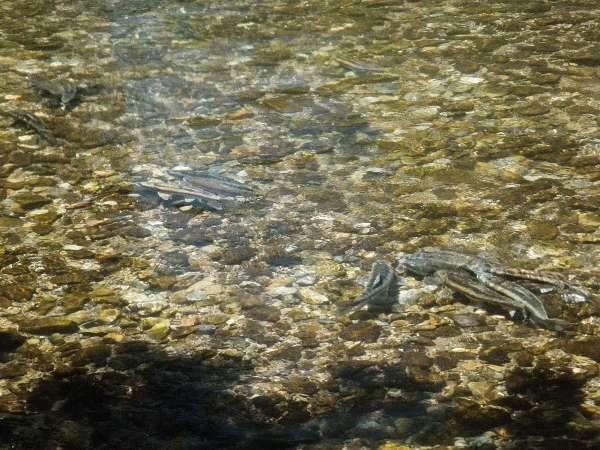
Turning Point: Nine organizations join to save June sucker
In 1999, per an agreement between nine organizations, an implementation program was initiated to recover the endangered fish. The nine participants in the project are: Central Utah Water Conservancy District, Utah Department of Natural Resources, U.S. Fish and Wildlife Service, Utah Reclamation Mitigation and Conservation Commission, U.S. Department of Interior, U.S. Bureau of Reclamation, Provo River Water Users Association, Provo Reservoir Water Users Company, and Outdoor and Environmental Interest.
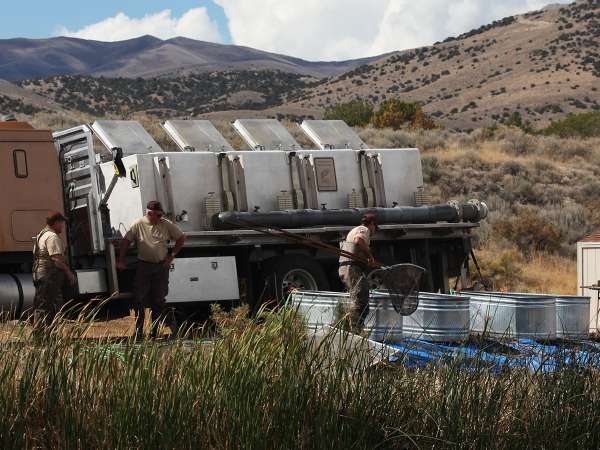
Key Fact: Refuge populations seem to reproduce in 1998
In the mid-1990s, it is estimated that there are fewer than 500 adult June sucker in Utah Lake. With the construction of the first “June sucker hatchery,” there is an increase in June sucker production capacity. In 1998, monitoring shows that June sucker are reproducing in refuge populations located at Red Butte Reservoir and Camp Creek Reservoir. Some June sucker from these populations are transported to Utah Lake to supplement wild population.

The Scene: Utah Lake suffers a image problem
In the 2000s, public opinion surveys reveal that most people believe Utah Lake is polluted and unsafe even while Utah County experiences dramatic population growth and thus growth in the natural needs for recreation opportunities and landscapes.
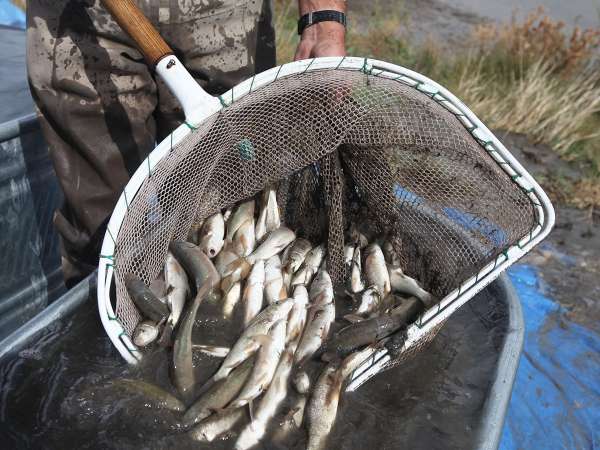
Key Fact: Research informs hatchery efforts
June sucker first raised in hatcheries suffered from deformities, eroded fins, and poor growth, all of which likely meant very few survived when released into the lake. In 2000 to 2007, research into proper June sucker rearing methods results in identifying dietary needs, ideal rearing temperatures, and refined spawning methods. Tens of thousands of fish are stocked into Utah Lake through the 2000s.
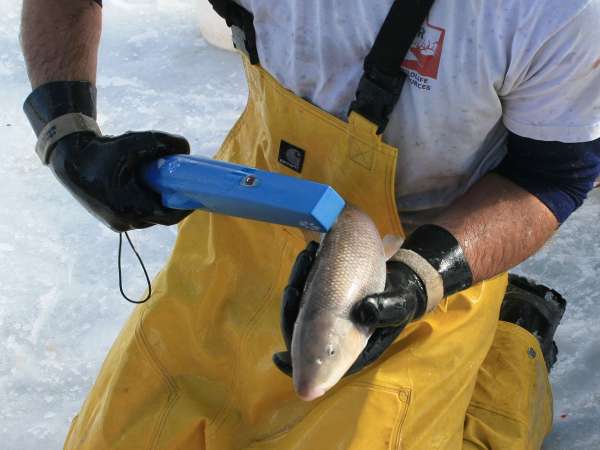
Key Fact: PIT tags show more spawning adults
In 2012, an analysis of PIT tag data shows spawning June sucker adults at 1,750. In 2013, a three year study begins conducted by Marsh & Associates from Tempe, Arizona, to measure the survival of the hatchery-raised June sucker using acoustic telemetry tags and passive integrated transponders (PIT). Early results of short term survival show a range of results (as high as 58% and as low as 20%) but fish mobility throughout the lake is encouraging. In 2016, after a study shows poor long-term survival of stocked fish due to timing of stocking events and impacts from avian predators, rearing techniques are adjusted to produce larger June sucker but fewer in number. Early research shows a 10-fold increase in survival of the larger fish compared to smaller stocked fish. In 2017, an analysis of June sucker PIT tag data shows continued increases in the June sucker population with over 2,300 spawning adults.
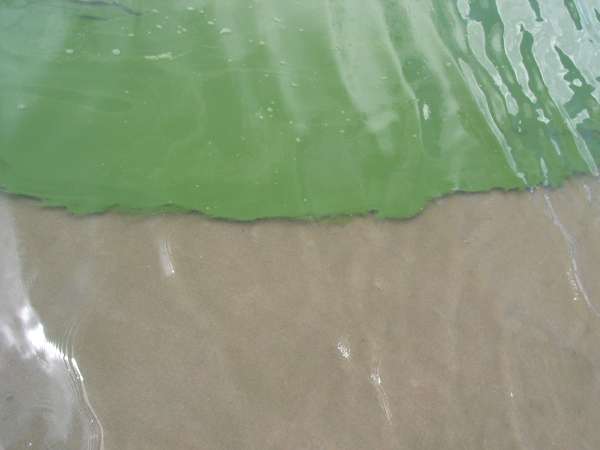
The Scene: Utah Lake's algae problem
From 2014 to 2018, the State and Local Health Departments raise awareness of harmful cyanobacteria (algae) blooms on Utah Lake and other water bodies alerting public of potential health impacts from contact with such algae.
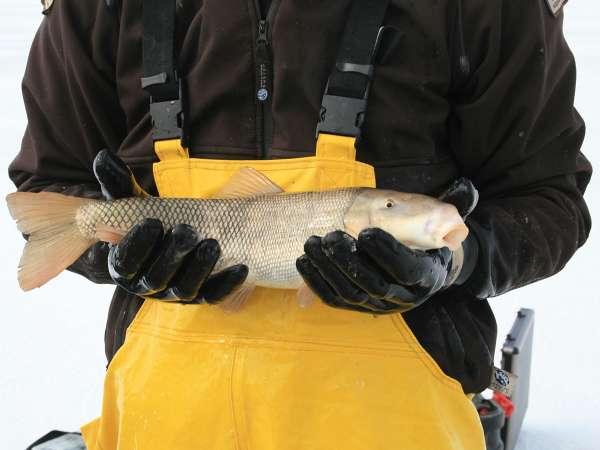
Key Fact: Reclassification and status change
In December 2019, JSRIP submitted a proposal to reclassify June sucker from endangered to threatened as population estimates are in the thousands thanks to the joint agency efforts and partnerships. Only three other endangered fish in the United States have been downlisted; all three were eventually delisted and removed from the Endangered Species List. With sustainable protocols and studies in place and with overwhelming success and participation from all stakeholders, the June sucker was officially moved from "endangered" to the lower "threatened" status on February 3, 2021 by the U.S. Fish and Wildlife Service. Local residents and business owners all can continue to reap the benefits of the June sucker story with a restored and more balanced Utah Lake ecosystem.

